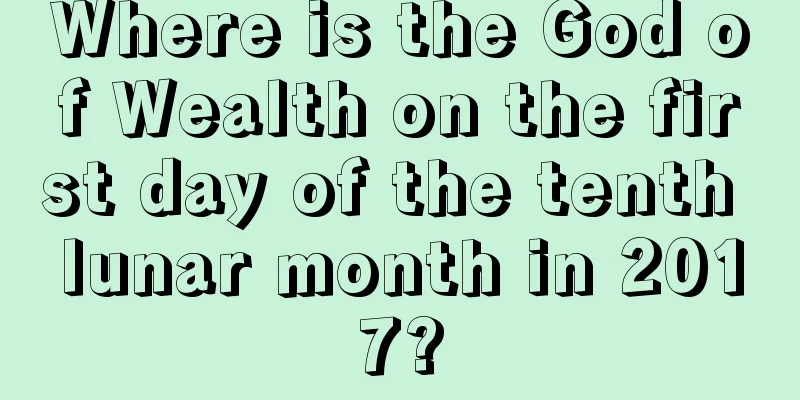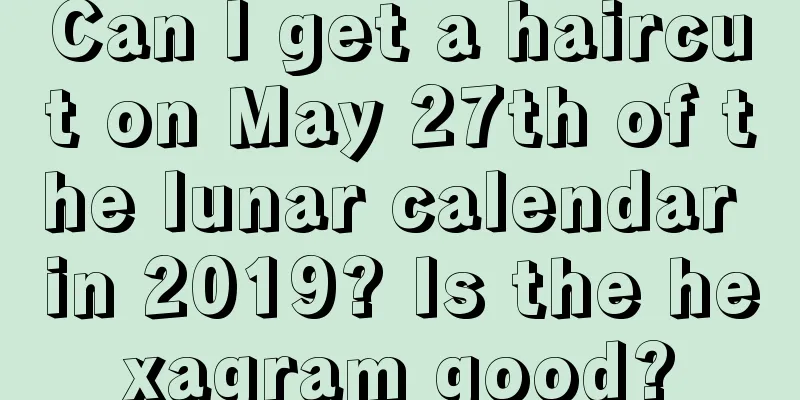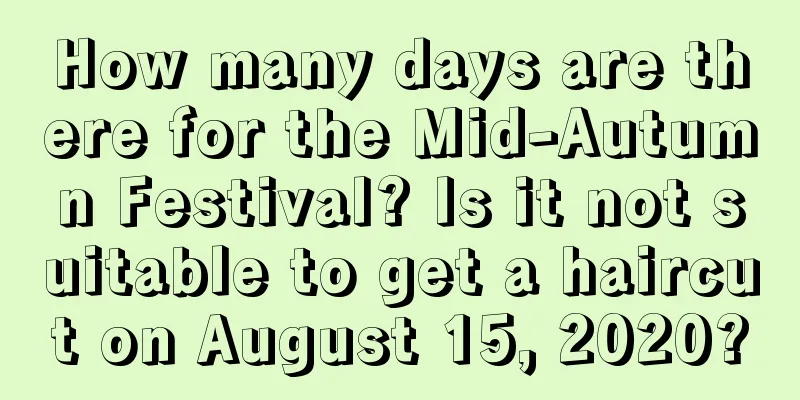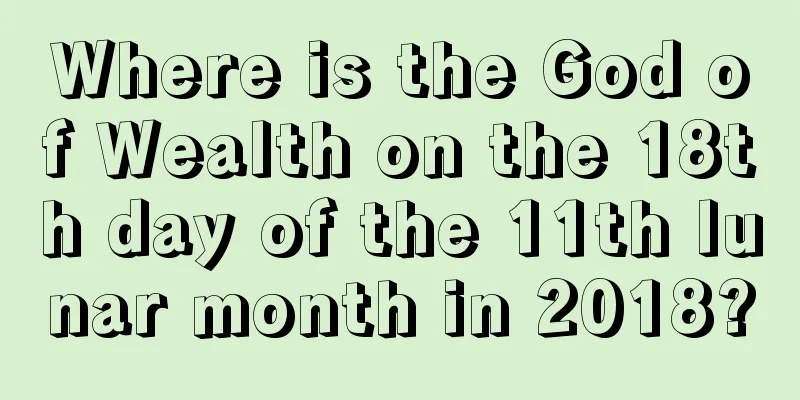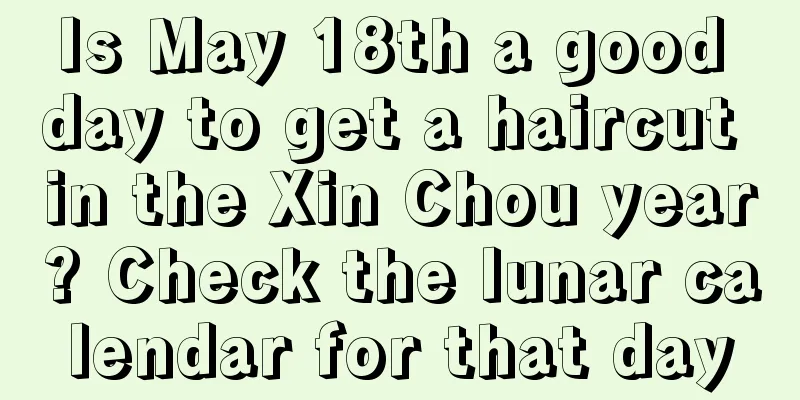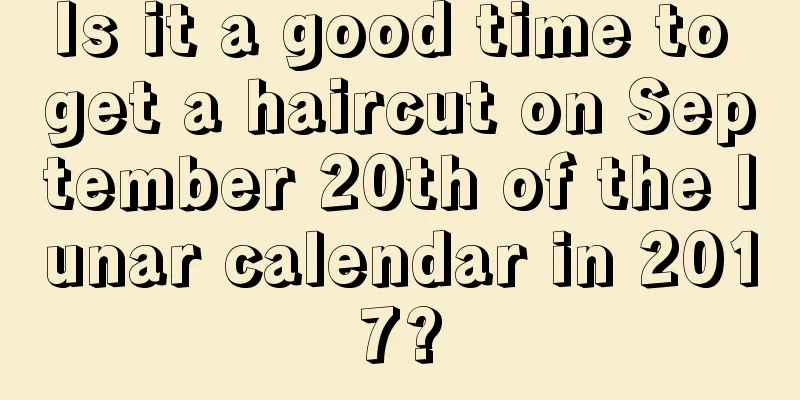When is Mid-Autumn Festival? What is the origin of the Mid-Autumn Festival?

Introduction: Speaking of the traditional festival of Mid-Autumn Festival, I believe everyone is familiar with it. The Mid-Autumn Festival is an important and happy festival for Chinese people, when families get together and reunite. So when is Mid-Autumn Festival? What is the origin of the Mid-Autumn Festival? Let’s follow the editor to learn more about it. The Mid-Autumn Festival is one of the important traditional festivals in our country. The Fortune Teller website has compiled a special article about the Mid-Autumn Festival for everyone. Let’s learn about it together!When is Mid-Autumn Festival?The Mid-Autumn Festival, also known as Moon Festival, Autumn Festival, Mid-Autumn Festival, August Festival, August Meeting, Moon-Chasing Festival, Moon-Playing Festival, Moon-Worshiping Festival, Daughters' Festival or Reunion Festival, is a traditional cultural festival popular among many ethnic groups in China and countries in the Chinese character cultural circle. It falls on the 15th day of the eighth month in the lunar calendar. It is named so because it falls exactly in the middle of the three autumns. In some places, the Mid-Autumn Festival is set on August 16.The Mid-Autumn Festival began in the early Tang Dynasty, was popular in the Song Dynasty, and by the Ming and Qing Dynasties, it had become one of China's traditional festivals as famous as the Spring Festival. Influenced by Chinese culture, Mid-Autumn Festival is also a traditional festival in some countries in East Asia and Southeast Asia, especially for local Chinese and overseas Chinese. Since 2008, Mid-Autumn Festival has been listed as a national statutory holiday. On May 20, 2006, the State Council included it in the first batch of national intangible cultural heritage list. Since ancient times, the Mid-Autumn Festival has had customs such as worshiping the moon, appreciating the moon, eating moon cakes, appreciating osmanthus flowers, and drinking osmanthus wine. These customs have been passed down to this day and have lasted for a long time. The Mid-Autumn Festival, with the roundness of the moon symbolizing family reunion, is a way to express longing for hometown and loved ones, and to pray for a good harvest and happiness. It has become a rich and precious cultural heritage. The Mid-Autumn Festival is known as one of China's four major traditional festivals, along with the Dragon Boat Festival, the Spring Festival and the Tomb-Sweeping Day. What is the origin of the Mid-Autumn Festival?The Mid-Autumn Festival began in the early Tang Dynasty, was popular in the Song Dynasty, and by the Ming and Qing Dynasties, it had become one of China's traditional festivals along with the Spring Festival. Influenced by Chinese culture, Mid-Autumn Festival is also a traditional festival in some countries in East Asia and Southeast Asia, especially for local Chinese and overseas Chinese. Since 2008, Mid-Autumn Festival has been listed as a national statutory holiday. On May 20, 2006, the State Council included it in the first batch of national intangible cultural heritage list.The word "Mid-Autumn" was first seen in "Zhou Li". According to the ancient Chinese calendar, there are four seasons in a year, each season has three months, which are called Mengyue, Zhongyue and Jiyue respectively. Because the second month of autumn is called Zhongqiu, and because the fifteenth day of the eighth month of the lunar calendar is in the middle of August, it is called "Mid-Autumn Festival". It was not until the early Tang Dynasty that the Mid-Autumn Festival became a fixed festival. "The New Book of Tang, Volume 15, Records, Chapter 5, Rites and Music 5" records that "In spring and mid-autumn, sacrifices were offered to King Wenxuan and King Wucheng" and "In the 19th year of Kaiyuan, the temple of Taigong Shangfu was first established, with Zhang Liang, Marquis of Liu, as its partner. Sacrifices were offered there on the first day of mid-spring and mid-autumn, with the system of sacrifices and music as written." According to historical records, the ancient emperors worshipped the moon on the 15th day of the eighth month of the lunar calendar, which happened to be the middle of the three autumns, hence the name "Mid-Autumn Festival"; and because this festival is in August, it is also called "Autumn Festival", "August Festival", "August Meeting" and "Mid-Autumn Festival"; there are also beliefs and related customs of praying for reunion, so it is also called "Reunion Festival" and "Daughter's Festival". Because the main activities of the Mid-Autumn Festival revolve around the "moon", it is also commonly known as the "Moon Festival", "Moon Eve", "Moon-Chasing Festival", "Moon-Playing Festival" and "Moon-Worshiping Festival"; in the Tang Dynasty, the Mid-Autumn Festival was also called "Duan Zhengyue". The popularity of the Mid-Autumn Festival began in the Song Dynasty. By the Ming and Qing Dynasties, it had become as famous as New Year's Day and became one of the major festivals in my country. There are roughly three theories about the origin of the Mid-Autumn Festival: it originated from the ancient custom of worshiping the moon and singing and dancing under the moon to find a mate; and it also originated from the ancient custom of worshiping the land god in autumn. Summary: Through the above article content, we have a better understanding of [What day is Mid-Autumn Festival? What is the origin of the Mid-Autumn Festival? 】This question has been answered, I hope it can help everyone! |
Recommend
Is September 11th of the lunar calendar 2020 a good day? Is it suitable to start renovation?
"Breaking ground" means digging and digg...
What is the zodiac sign of a baby born on the 22nd day of the first lunar month in 2022?
The first month of the lunar calendar has arrived ...
How is the day after the Minor Cold on the 23rd day of the winter month in 2020? Poems describing the Minor Cold
Introduction: Each of the 365 days in a year unfol...
How to use ceramic pig Feng Shui ornaments? The role of ceramic pigs in Feng Shui
Feng Shui is the power of nature and the great mag...
Is it appropriate to get a haircut on June 19th of the lunar calendar in 2022? What were the haircut taboos in the old days?
It is the sixth month of the lunar calendar, and t...
What is the zodiac sign of people born on the fourth day of the third lunar month in 2018?
Let us find out what zodiac sign people born in Ma...
Is it a good time to move on the eighth day of the sixth lunar month in 2019? Can I move into a new home?
The sixth month of the lunar calendar is the most...
How to look at the Feng Shui of a grave? What influence does Feng Shui have on grave sites?
Introduction: In fact, the Feng Shui of the Tomb ...
Is February 29, 2020 an auspicious day for bed installation? Is it not possible to get married in February of the lunar calendar?
Introduction: You also need to choose an auspiciou...
What time is the Grain in Ear solar term in 2018?
Introduction: The fourth month of the lunar calend...
What day is December 16th of the lunar calendar in 2019, and what constellation does it correspond to?
What day is December 16th of the lunar calendar in...
What is the fate of a girl born on August 19th of the lunar calendar in 2021? Does she have a good personality?
Each season is divided into three months: Meng, Zh...
Query the position of the God of Happiness on the fourth day of the fourth lunar month in 2019
The beauty of April on earth has faded, and the p...
There are many things to pay attention to on the first day of the Lunar New Year. Here are all the customs on the first day of the Lunar New Year!
Introduction: The first day of the first lunar mon...
Can I go back to my parents’ home during the Autumnal Equinox? What should I pay attention to when returning to my parents’ home?
There are certain rules and regulations regarding ...
